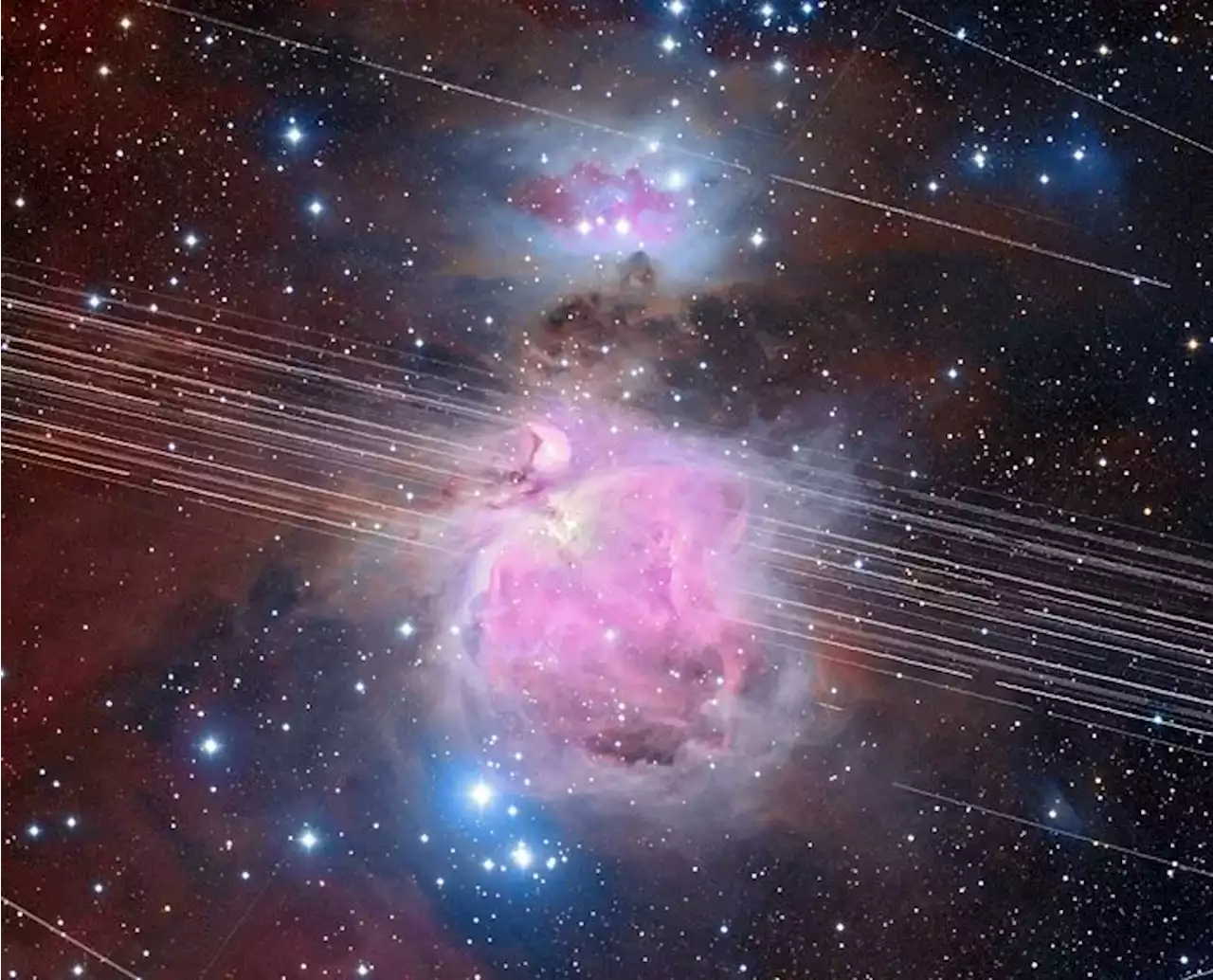Astronomers Have Figured Out Clever Tricks to Reduce the Impact of Satellite Trails - by spacewriter
Stark applied the tool to satellite trails across Hubble’s Advanced Camera for Surveys . Each Hubble science observation comes from a collection of multiple exposures on the same celestial target. A satellite crossing the field of view generally appears in one frame, and not the next consecutive frame. About ten percent of HST’s observations today are affected by satellite trails. “The average width I measured for satellites was 5 to 10 pixels,” said Stark.
As it stands, the software tool sums up all the light along every possible straight path across a given HST image. In this way, it identifies and characterizes linear features in an image. This approach combines all the light from a satellite trail, making it “pop out” in the transformed image. This approach works even for those that are very faint in the original image. It joins an extensive catalog of tools that astronomers have used for years to “clean up” HST observations.
United States Latest News, United States Headlines
Similar News:You can also read news stories similar to this one that we have collected from other news sources.
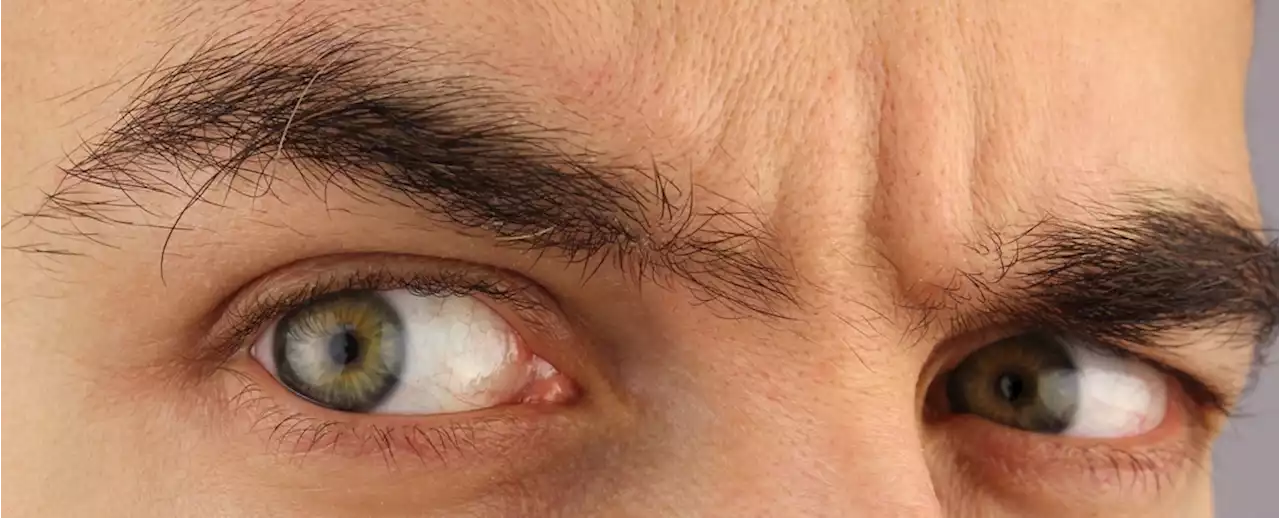 Scientists May Have Figured Out Why Your Eyebrows Look Like ThatThe human face can express a world of emotions that wouldn't be possible without our eyebrows.
Scientists May Have Figured Out Why Your Eyebrows Look Like ThatThe human face can express a world of emotions that wouldn't be possible without our eyebrows.
Read more »
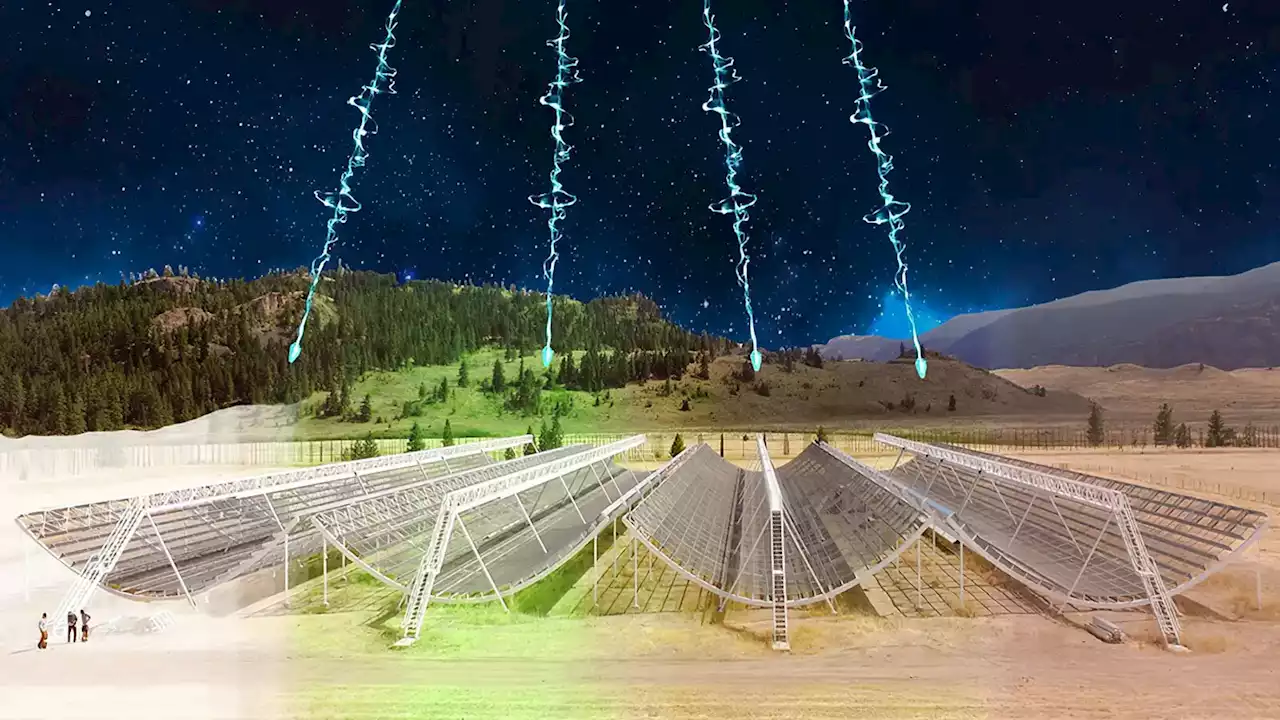 Twice the Mystery: Astronomers Double the Number of Known Repeating Fast Radio BurstsStatistics tools support the idea that all radio bursts may repeat if observed long enough. Scientists from the MIT Kavli Institute and others have doubled the known repeating Fast Radio Burst (FRB) sources to 50, as per their study published in The Astrophysical Journal. Using advanced statistic
Twice the Mystery: Astronomers Double the Number of Known Repeating Fast Radio BurstsStatistics tools support the idea that all radio bursts may repeat if observed long enough. Scientists from the MIT Kavli Institute and others have doubled the known repeating Fast Radio Burst (FRB) sources to 50, as per their study published in The Astrophysical Journal. Using advanced statistic
Read more »
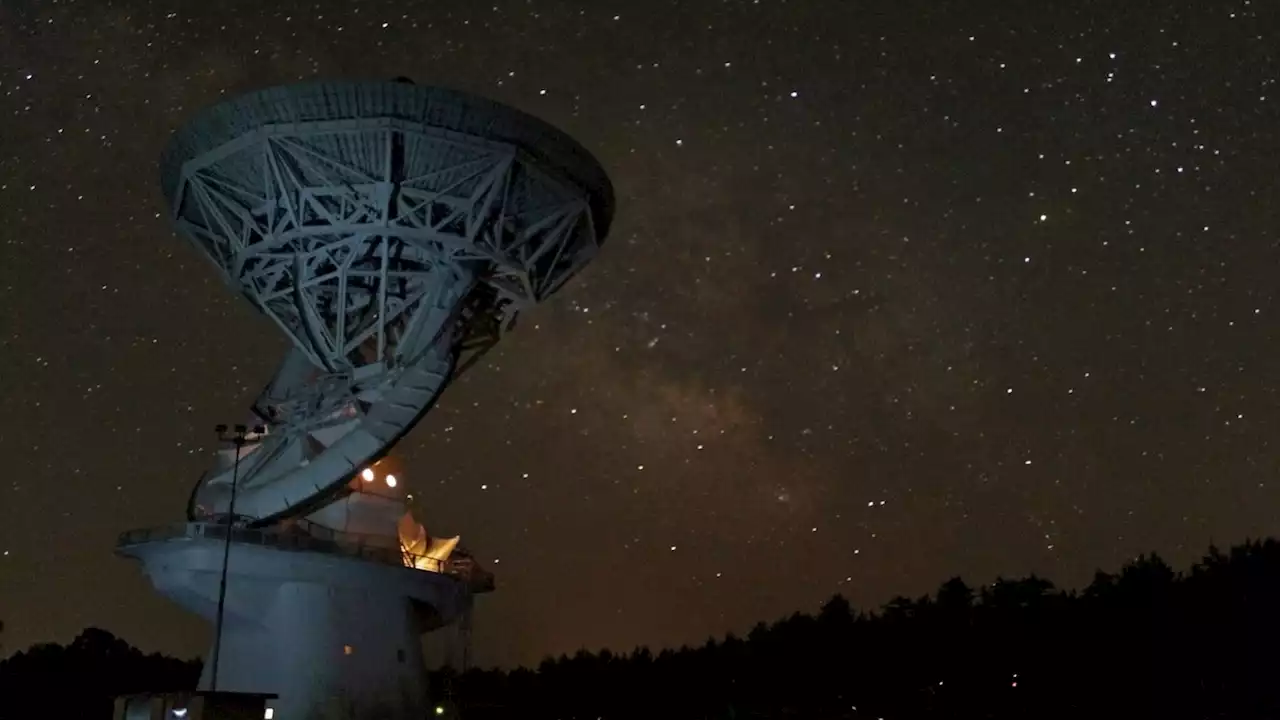 Astronomers unveil a new way to search for extraterrestrial intelligenceRadio beacons in the middle of the Milky Way would be an efficient method of alien communication, astronomers behind a new search say.
Astronomers unveil a new way to search for extraterrestrial intelligenceRadio beacons in the middle of the Milky Way would be an efficient method of alien communication, astronomers behind a new search say.
Read more »
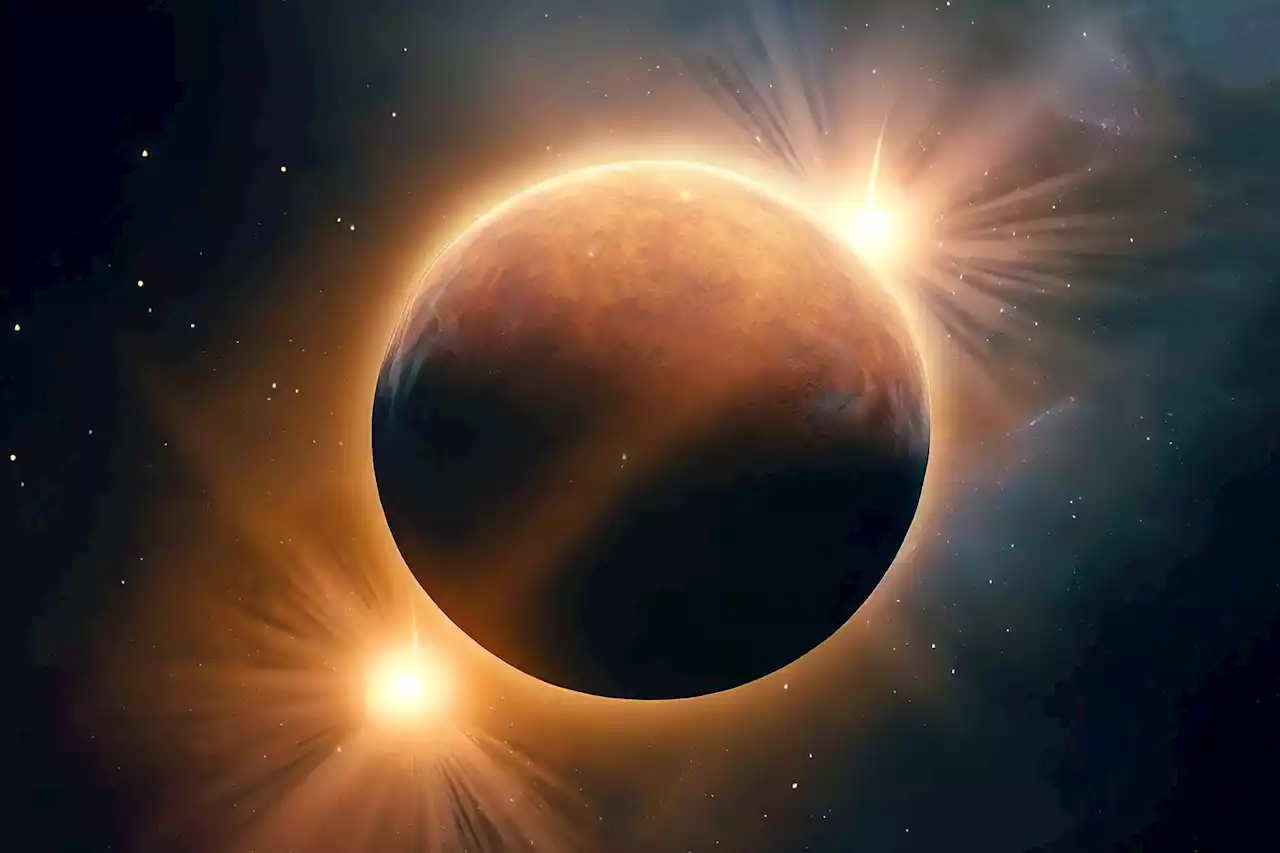 Astronomers Discover BEBOP-1c: Tatooine-Like Exoplanet Orbits Twin Stars in a Multiplanetary SystemAn international team of astronomers has announced the second-ever discovery of a multiplanetary circumbinary system. Astronomers at the University of Birmingham have discovered a second planet, named BEBOP-1c, in the rare multiplanetary circumbinary system BEBOP-1 or TOI-1338. This discovery, ma
Astronomers Discover BEBOP-1c: Tatooine-Like Exoplanet Orbits Twin Stars in a Multiplanetary SystemAn international team of astronomers has announced the second-ever discovery of a multiplanetary circumbinary system. Astronomers at the University of Birmingham have discovered a second planet, named BEBOP-1c, in the rare multiplanetary circumbinary system BEBOP-1 or TOI-1338. This discovery, ma
Read more »
 At Last, Astronomers May Have Seen the Universe’s First StarsTelltale evidence gathered by the James Webb Space Telescope suggests we’re closer than ever before to finding elusive Population III stars
At Last, Astronomers May Have Seen the Universe’s First StarsTelltale evidence gathered by the James Webb Space Telescope suggests we’re closer than ever before to finding elusive Population III stars
Read more »
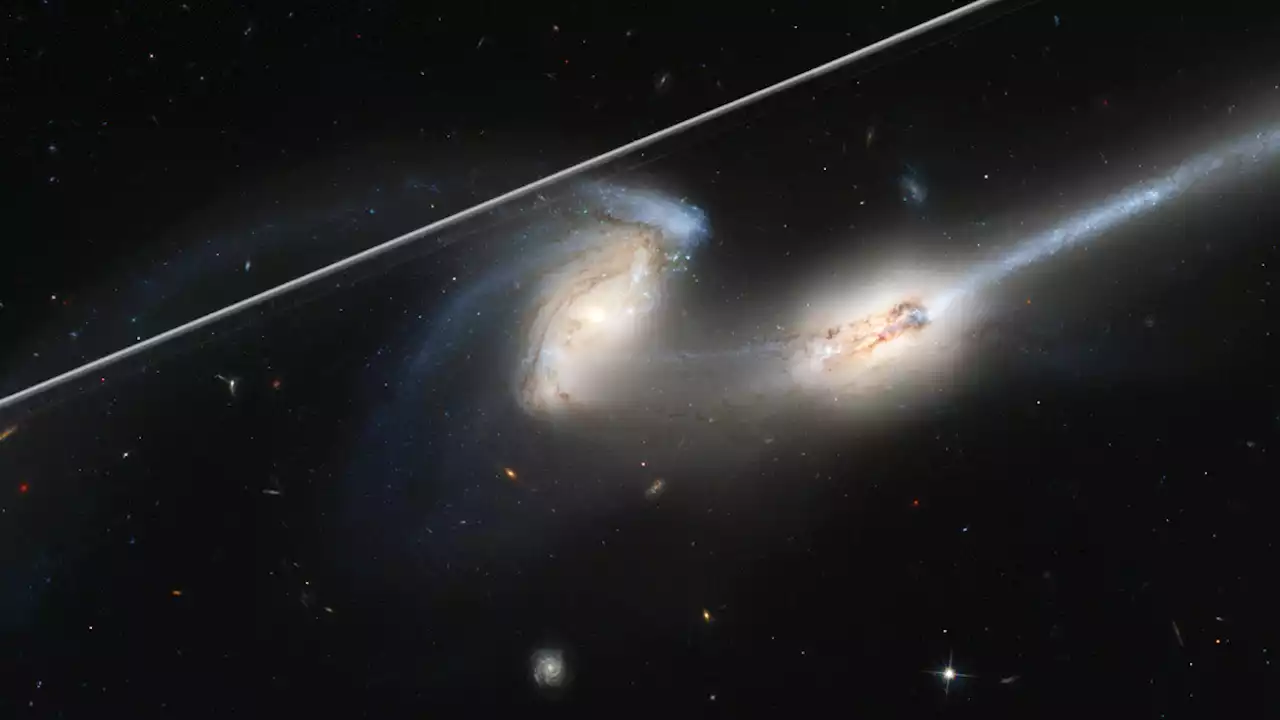 Hubble Scientists Develop Software Fix for Satellite Streaks in ImagesMultiple exposures and cleaning software mitigates the annoying streaks from high-orbit satellites.
Hubble Scientists Develop Software Fix for Satellite Streaks in ImagesMultiple exposures and cleaning software mitigates the annoying streaks from high-orbit satellites.
Read more »
